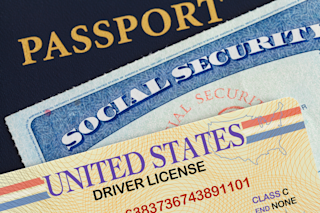Before area codes were introduced to the public in 1951, there were 10 million possible ways for the seven digits of a phone number to be arranged. This would have become a problem for telephone owners eventually; New York City alone had a population of almost 7.9 million that same year.
Yet with the rollout of three additional digits at the front of every phone number, suddenly the total number of possible combinations jumped from 10 million to a whopping 10 billion. Crisis averted, right?
Maybe for now. If you’re wondering whether your phone number — or other forms of identification, like your social security number — will require an extra few digits in the coming decades to remain distinct, read on to find out.
Read More: Phone Notifications Are Messing With Your Brain
If you do the math, there are technically 1,000 possible area codes, and each one can ...














